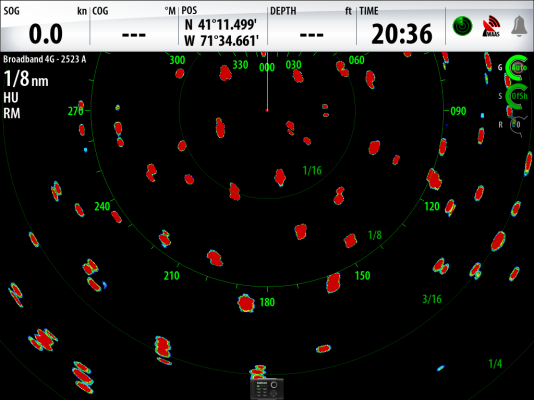markpierce
Master and Commander
- Joined
- Sep 25, 2010
- Messages
- 12,557
- Location
- USA
- Vessel Name
- Carquinez Coot
- Vessel Make
- penultimate Seahorse Marine Coot hull #6
Well, Magna, get radar and increase your margin of safety. Personally, I've found radar convenient but have yet seeing it help provide avoidance of hazard. The eyes have.




